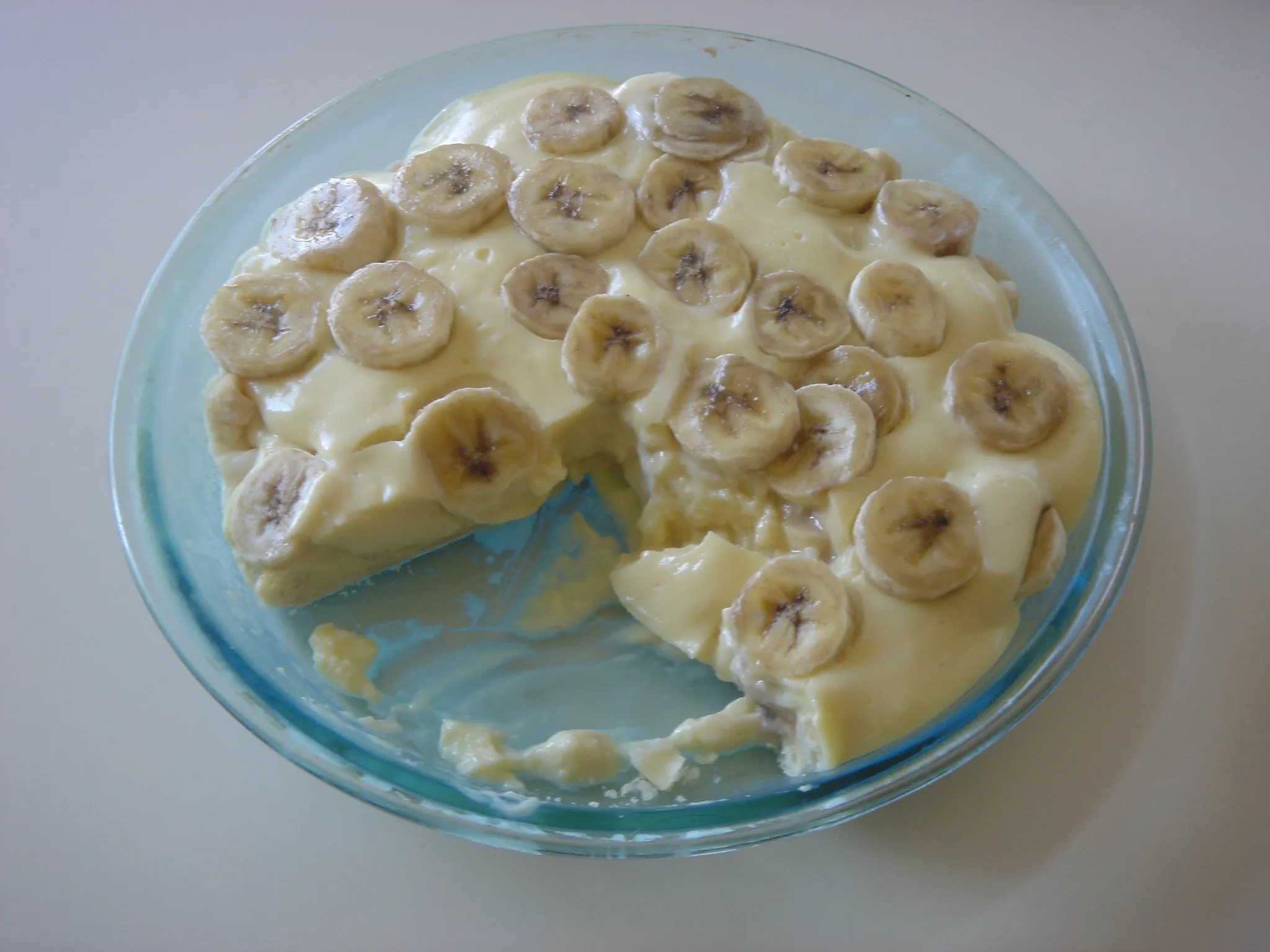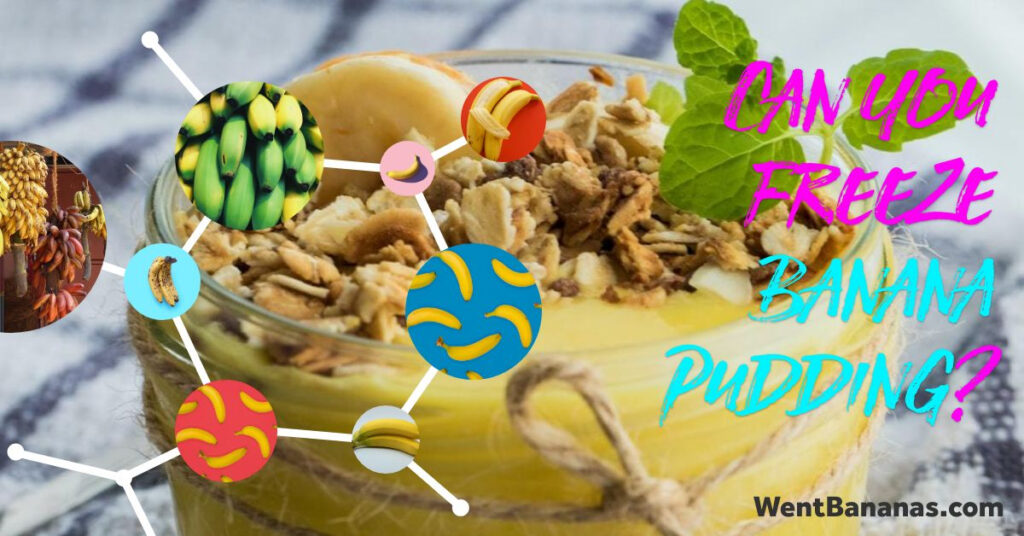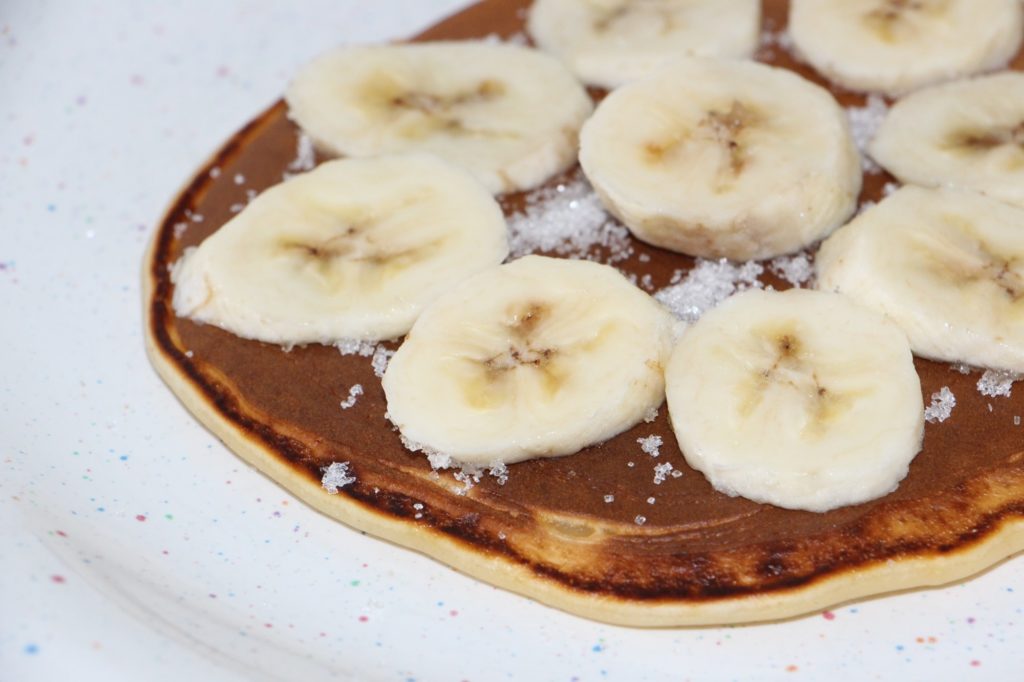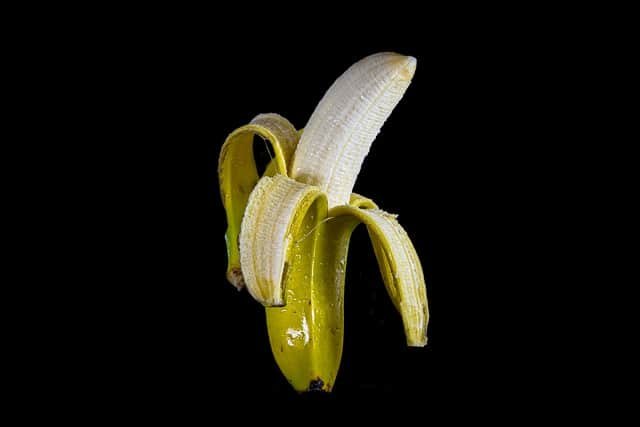
Are you a fan of banana bread? If so, you’re in for a treat! Today, we’re going to explore a common question among baking enthusiasts: can you add milk to a banana bread recipe? Many variations of banana bread call for milk as an ingredient, but is it really necessary? In this article, we’ll delve into the reasons why some recipes include milk and whether it’s a must-have for achieving that perfect moist and delicious banana bread. So, grab your apron and let’s dive in!
If you’ve ever made banana bread before, you might have noticed that some recipes call for milk, while others don’t. This can leave you wondering whether adding milk is essential or just an optional ingredient. Well, fear not! We’re here to shed some light on this topic. In this article, we’ll explore the role of milk in banana bread recipes and whether it’s worth including. So, whether you’re a seasoned baker or just starting out, keep reading to discover the impact of milk on your favorite banana bread recipe.
Milk in Banana Bread: A Delicious Addition

When it comes to making banana bread, there are countless variations and recipes out there. Some call for the addition of milk, while others omit it altogether. So, the question arises: can you add milk to a banana bread recipe? The answer is a resounding yes! Adding milk to your banana bread recipe can result in a moist and delicious loaf that is sure to impress.
Why add milk?
Milk is a versatile ingredient that can enhance the texture and flavor of your banana bread. It adds moisture to the batter, resulting in a softer and more tender loaf. The milk also helps to bind the ingredients together, creating a cohesive and well-balanced bread.
How much milk to add?
The amount of milk you should add to your banana bread recipe will depend on the specific recipe you are using. As a general rule of thumb, you can start by adding about 1/4 to 1/2 cup of milk per loaf. However, it’s important to note that the moisture content of your bananas can vary, so you may need to adjust the amount of milk accordingly. It’s always a good idea to add the milk gradually, mixing the batter as you go, until you achieve the desired consistency.
Substitutes for milk
If you don’t have milk on hand or prefer to use a dairy-free alternative, you can easily substitute it in your banana bread recipe. Some popular substitutes include almond milk, soy milk, coconut milk, or even yogurt. These alternatives will still provide the moisture and richness needed for a delicious loaf of banana bread.
Experiment and have fun!
One of the joys of baking is the ability to experiment with different ingredients and flavors. Don’t be afraid to get creative with your banana bread recipe. You can add a splash of vanilla extract, a handful of chocolate chips, or even a sprinkle of cinnamon to take your banana bread to the next level. Just remember to adjust the other liquid ingredients accordingly if you’re adding extra moisture.
Benefits of Adding Milk to Banana Bread
Adding milk to your banana bread recipe can bring numerous benefits, both in terms of flavor and texture. Milk is a versatile ingredient that helps create moist and delicious banana bread that will leave you craving for more. Here are some of the benefits of incorporating milk into your banana bread recipe:
1. Moisture: Milk adds moisture to the batter, preventing the bread from drying out during the baking process. This ensures that your banana bread turns out soft and tender, making it the perfect treat to enjoy with a cup of coffee or tea.
2. Texture: The addition of milk helps create a light and fluffy texture in your banana bread. It adds richness and depth to the batter, resulting in a more satisfying bite. The milk also helps bind the ingredients together, giving the bread a cohesive structure.
3. Flavor Enhancement: Milk contributes to the overall flavor profile of your banana bread. It adds a subtle creamy and slightly sweet taste that complements the natural sweetness of the bananas. This combination of flavors creates a harmonious blend that will tantalize your taste buds.
4. Moisture Adjustment: The amount of milk you add to your banana bread recipe can be adjusted based on the moisture content of your bananas. If you have overly ripe and mushy bananas, you may need less milk to achieve the desired consistency. However, if your bananas are on the drier side, adding a little more milk can help compensate for the lack of moisture.

5. Experimentation: Adding milk opens up a world of possibilities for experimenting with different flavors and variations. You can use different types of milk, such as almond milk or coconut milk, to add a unique twist to your banana bread. Additionally, you can try adding spices like cinnamon or nutmeg, or even mix in some chocolate chips or nuts for added texture and flavor.
Incorporating milk into your banana bread recipe can elevate the taste and texture of your baked goods. So go ahead, grab your bananas, and get creative in the kitchen. Enjoy the process of experimenting with different ingredients and flavors to create your perfect banana bread.
How to Incorporate Milk into a Banana Bread Recipe
When it comes to making banana bread, adding milk to the recipe can take it to a whole new level of deliciousness. Milk not only adds moisture to the bread but also enhances its texture and flavor. If you’re wondering how to incorporate milk into your banana bread recipe, here are a few tips to help you get started:
- Adjusting the Milk Amount: The amount of milk you add to your banana bread recipe may depend on the moisture content of your bananas. If your bananas are very ripe and mushy, you may not need as much milk. On the other hand, if your bananas are not as ripe, you might want to add a bit more milk to ensure a moist and tender bread.
- Substituting Milk: If you’re lactose intolerant or simply prefer not to use milk, don’t worry! You can easily substitute it with non-dairy alternatives like almond milk, coconut milk, or soy milk. These alternatives will still provide the moisture and richness that milk brings to the recipe.
- Experimenting with Flavors: Adding milk to your banana bread recipe opens up a world of possibilities for experimenting with different flavors. You can try using flavored milk, such as chocolate or strawberry, to give your bread a unique twist. Alternatively, you can add a splash of vanilla extract or a sprinkle of cinnamon to enhance the overall taste.
- Using Different Types of Milk: Not all milk is created equal, and using different types of milk can yield different results in your banana bread. For a richer and creamier texture, you can opt for whole milk. If you prefer a lighter and less fatty option, skim milk or low-fat milk can be used instead.
Experimenting with Different Types of Milk in Banana Bread
Now that you know how milk can enhance the moisture, texture, and flavor of your banana bread, let’s dive into the exciting world of experimenting with different types of milk.
- Cow’s Milk: This is the most common type of milk used in baking, and it works wonderfully in banana bread recipes. It adds a creamy richness to the batter, resulting in a moist and tender loaf. You can use whole milk for a richer flavor, or opt for low-fat or skim milk if you prefer a lighter texture.
- Almond Milk: If you’re looking for a dairy-free alternative, almond milk is a fantastic option. It adds a subtle nutty flavor to your banana bread and keeps it moist. Just ensure that you choose unsweetened almond milk to maintain the right balance of sweetness in your recipe.
- Coconut Milk: For a tropical twist, consider using coconut milk in your banana bread. It imparts a delightful coconut flavor and adds a touch of richness. Coconut milk is especially great if you’re making a banana bread with shredded coconut or adding other tropical ingredients like pineapple or mango.
- Oat Milk: Oat milk is gaining popularity due to its creamy texture and mild flavor. It works well in banana bread, providing a subtle oat taste and a moist crumb. Oat milk is also a great option for those with nut allergies or lactose intolerance.
- Soy Milk: Another dairy-free alternative, soy milk is a versatile choice for baking. It adds moisture and a slightly nutty flavor to your banana bread. Choose unsweetened soy milk to avoid an overly sweet loaf.
Remember, when experimenting with different types of milk, it’s important to consider the overall flavor profile you want to achieve. For example, if you’re adding spices like cinnamon or nutmeg to your banana bread, using a milk with a strong flavor, such as coconut milk, may overpower the spices.
Tips for Achieving the Perfect Moistness with Milk in Banana Bread
When it comes to baking banana bread, adding milk to the recipe can be a game-changer. Not only does it add moisture to the bread, but it also enhances the texture and flavor. If you’re looking to take your banana bread to the next level, here are some tips for achieving the perfect moistness with milk:

- Choose the right type of milk: Cow’s milk is a classic choice that works well in most banana bread recipes. However, if you’re looking for a dairy-free option or want to experiment with different flavors, you can also use almond milk, coconut milk, oat milk, or soy milk. Each type of milk will impart its own unique taste to the bread, so consider the overall flavor profile you want to achieve.
- Measure accurately: When adding milk to your banana bread recipe, it’s important to measure it accurately. Too much milk can make the bread too moist and dense, while too little can result in a dry texture. Follow the recipe instructions and use the specified amount of milk to ensure the perfect balance of moisture.
- Add the milk gradually: Instead of adding all the milk at once, consider adding it in small increments. This will allow you to adjust the consistency of the batter as you go. If the batter seems too dry, add a little more milk. If it appears too wet, you can always add a bit more flour to balance it out.
- Consider the ripeness of the bananas: The ripeness of the bananas you use in your banana bread can also impact the moistness of the final product. Riper bananas tend to be sweeter and more moist, which can contribute to a moist and tender bread. So, if you want an extra moist banana bread, opt for bananas that are fully ripe or even slightly overripe.
Conclusion: Enhance Your Banana Bread with a Touch of Milk
« Delicious & Easy Banana Bread Recipe with Brown Sugar
Delicious and Dairy-Free Banana Smoothie Recipe – No Yogurt or Milk Needed »
By following the tips provided in this article, you can take your banana bread to the next level by adding a touch of milk to the recipe. Remember to choose the right type of milk that complements the overall flavor profile you desire. Whether it’s whole milk for a rich and creamy texture or almond milk for a nutty undertone, the choice is yours.
Accurate measurements are crucial when incorporating milk into your banana bread batter. Gradually adding the milk ensures that the batter maintains the perfect consistency, resulting in a moist and tender loaf. Additionally, considering the ripeness of the bananas plays a significant role in achieving the desired moistness.
So, the next time you bake banana bread, don’t hesitate to experiment with adding milk. It’s a simple yet effective way to enhance the texture and flavor of this classic treat. Enjoy the delightful combination of moistness and richness that milk brings to your banana bread, and impress your family and friends with your baking skills. Happy baking!










